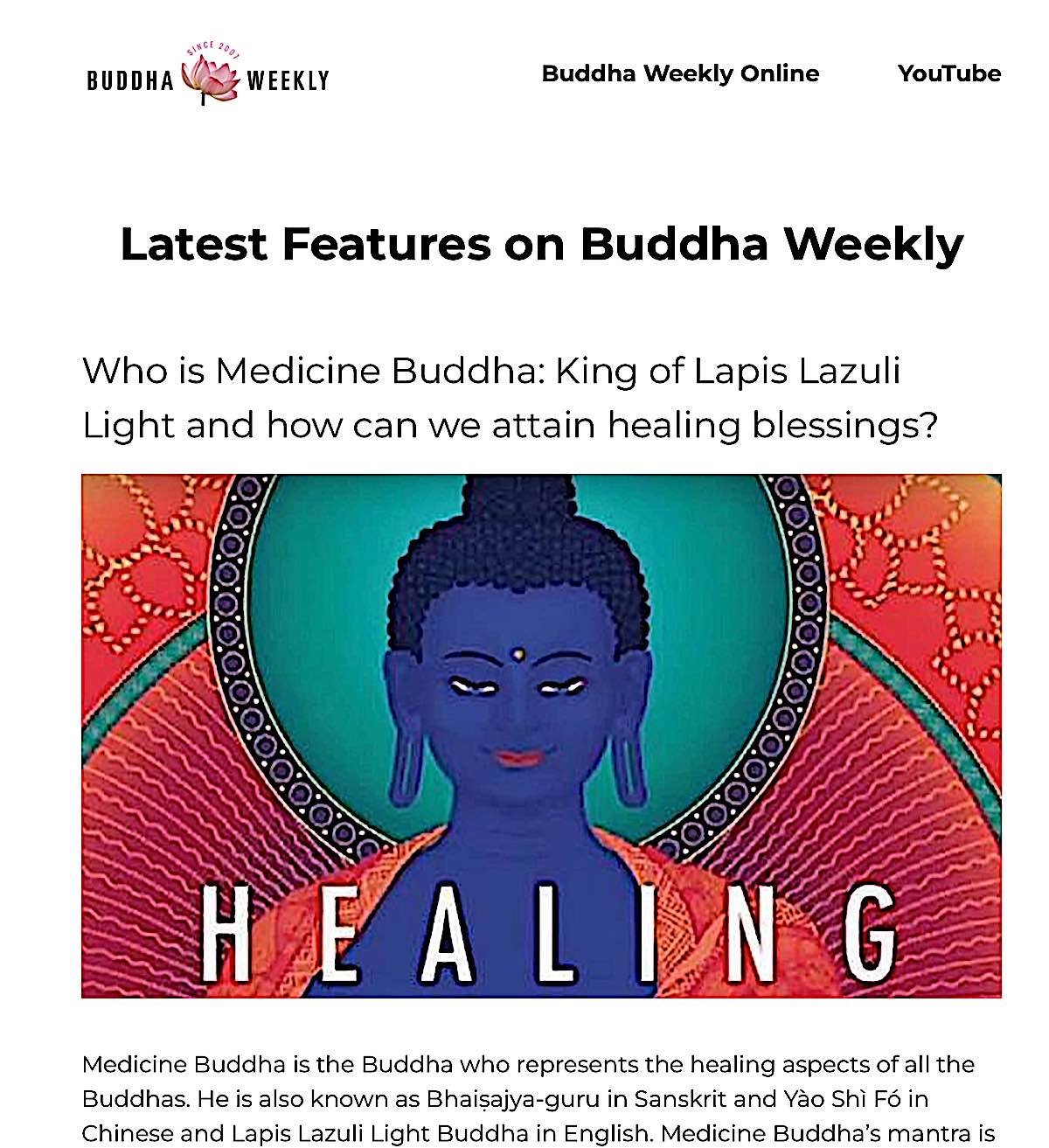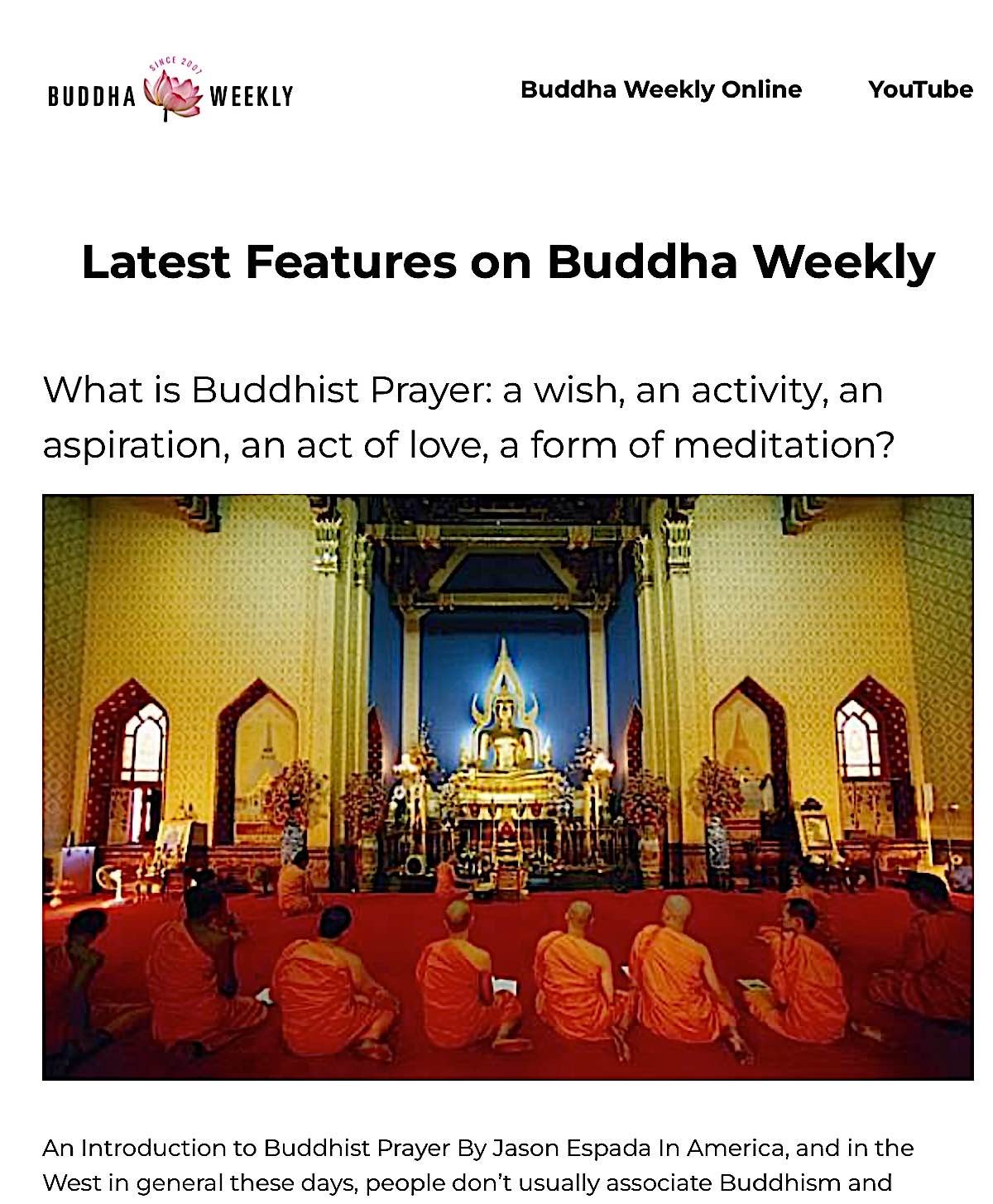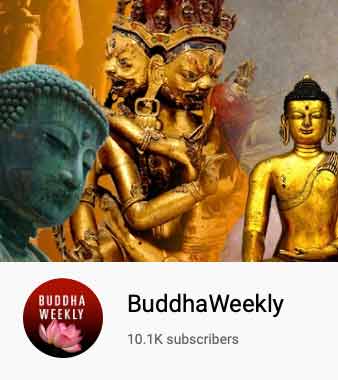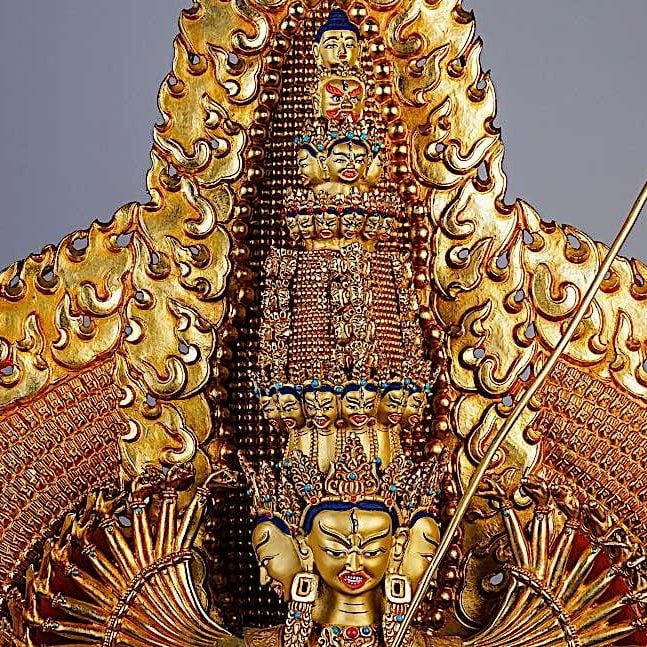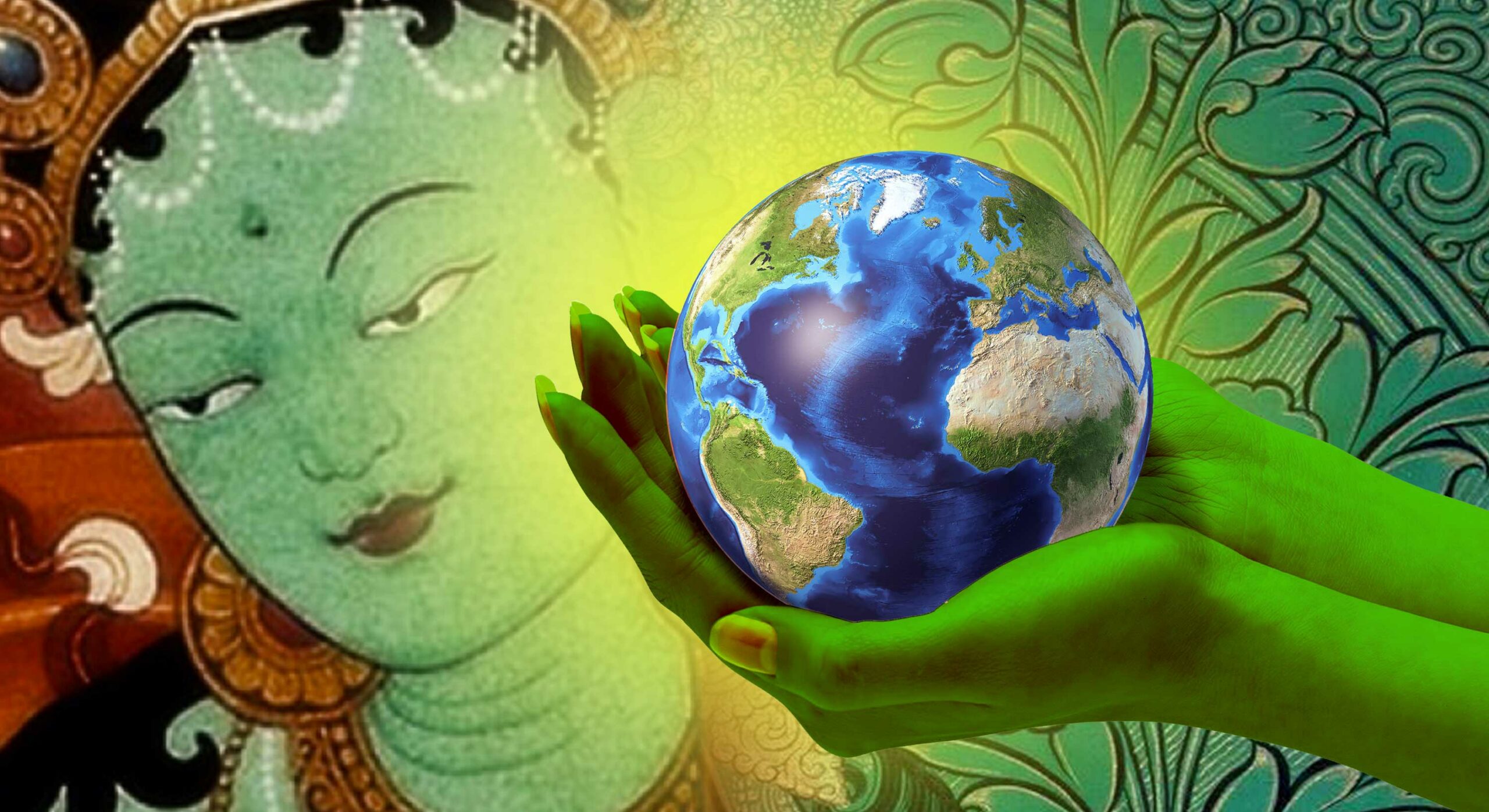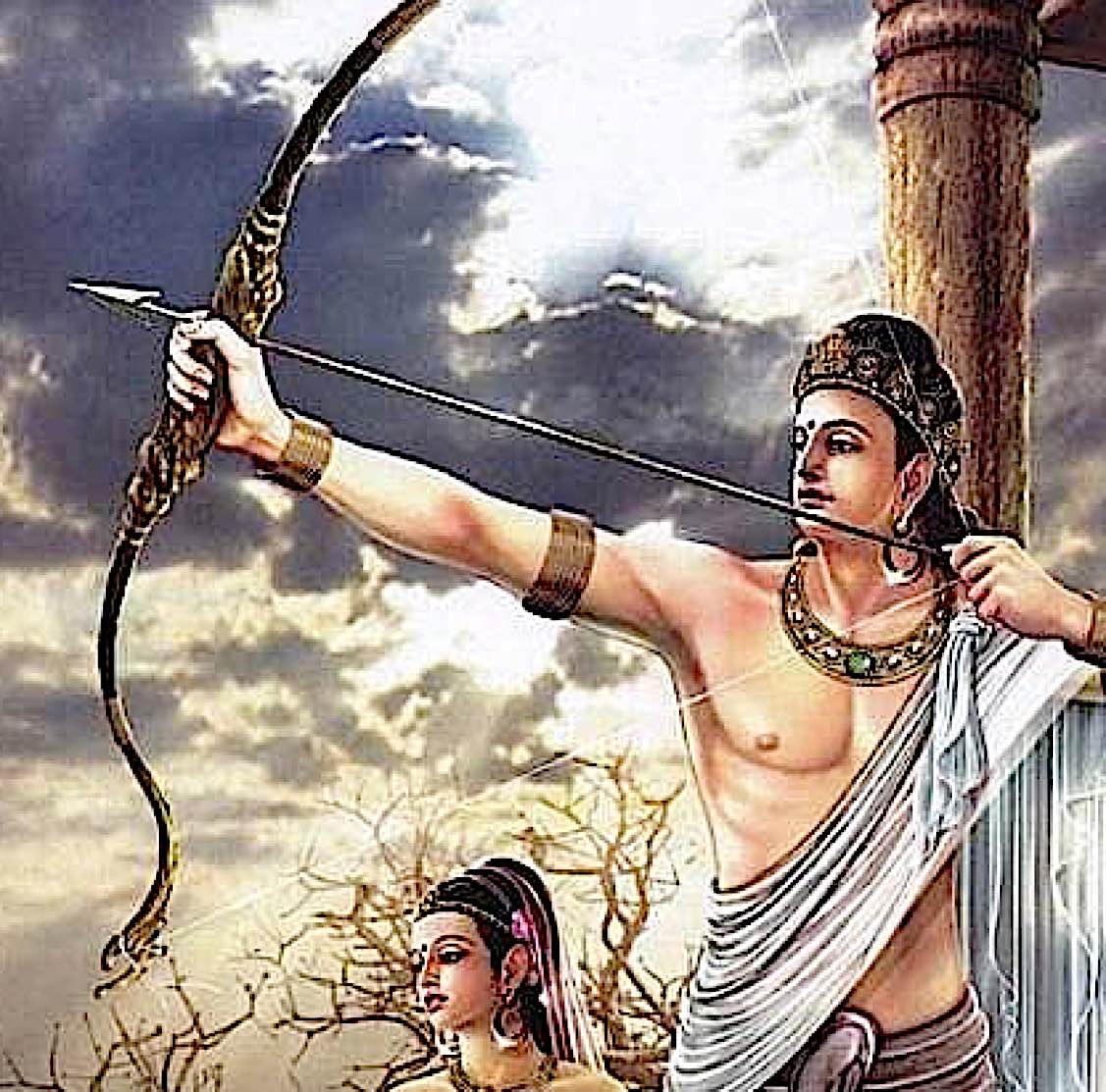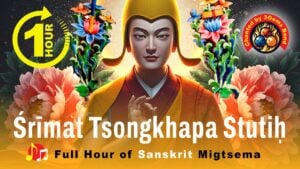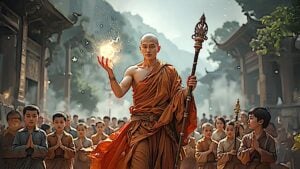Yidam Lightning Path: Yidam is “Method of Accomplishment”; 48 Yidam Practices

In Buddhism, why is the word Yidam often misunderstood to mean deity? If Yidam is not deity, what does it mean and why is it important? Why do we normally only have one Yidam and how often does it change? Before we begin, please like and subscribe.
FOR our LONG LIST OF 48 YIDAM PRACTICES SEE THE LAST SECTION OF THIS FEATURE!
Yidam is Not Deity
Yidam is the most misunderstood of words in Vajrayana, at least by non-practitioners. Yidam is not a deity, unless you use the compound words “Yidam Deity.” Vajrayana does not have a “pantheon” of deities. Rather, we have a collection of practices and meditations.
The shortest, meaningful definition of Yidam would be “means of accomplishment.” A modern definition might be “achievement through inspiration.” It is very far removed from the idea of worship.
Taking Refuge is Not Worship
Taking Refuge is not worship, at least not in the classical sense. For example, the most “worshipful method” we see in Vajrayana might be prostrations, but it actually has little to do with worship. Prostrations is a means of purifying our own negativities. It does this by humbling our own pride by making us bow to Buddha, Dharma and Sangha. We usually start with prostrations in foundation practice because it is considered one of the worst of the five poisons. Pride causes war, inspires anger and hate, and is the precursor of strife.
Within all Yidam practices, no matter how complex or exotic, we have activities that purify all five of the poisons. Any Yidam practice will always include each of the following:
- Refuge in the Three Jewels to purify ignorance.
- Prostrations, to purify pride.
- Offerings to purify greed.
- Bodhichitta practice to purify attachments and clinging.
- Meditation to purify anger and other emotions.
Therefore, when you practice any Yidam, you are practicing all five Buddha Families, all five Wisdoms and overcoming all five poisons.
Initial Goal is Purification
The initial goal of Yidam practice is normally purification. We are purifying our poisons, purifying the obstacles that arise because of the poisons, and purifying our ignorance.
Goal 2 – Merit Accumulation
The next goal of a Yidam practice is usually merit accumulation. Although all of the previous purification activities accumulate merit, the main focus for accumulation of merit is the visualization, mantra recitations and meditation. These create merit through precision focus on the Enlightened Body, Speech, and Mind of our Yidam.
In the visualization we accumulate the merit of Enlightened Body. We see the Yidam in front of us in the form of Enlightened Body, with specific attributes, colors and symbols that imprint significantly on our mind.
In the Mantra we accumulate merit of the Enlightened Dharma Speech, by repeating the words of our Yidam, ideally with the empowerment of our teacher.
Finally, we accumulate merit of the Enlightened Mind by generating blessings in the form of visualizing blessing light going out from the deity to all beings in the Universe, then returning to our own heart, blessing us. This is the merit of Bodhichitta — the intention to benefit all beings through the aspiration to become Enlightened.
If we do not have empowerment, we can only practice these steps to this point, with the Deity only visualized in front of us. We’re still meditating the Body, Speech and Mind of Yidam, but it is still a merit-accumulating practice.
Self Generation and Completion
If we have empowerment, then we additionally received guidance from the teacher on Self Generating, and subsequently completion. This means we are authorized to go two steps further. We still visualize the deity in front of us, but we also imagine ourselves appearing as the deity. We imagine our mantras as being the actual speech of the deity. We imagine the blessings of body speech and mind going out to all beings in the universe as real blessings from the deity.
We covered this in more detail in our previous video titled Sadhana: The Secrets, linked here>>.
How do we know Yidam doesn’t mean deity? In Vajrayana, although we take Refuge in the Three Jewels we also have our Root refuge. As well as the Three Jewels we also take refuge in the three roots. These are Guru, Yidam and Khandro, and they directly relate to Buddha, Dharma and Sangha. How are they related?
Guru Rinpoche Padmasambhava put it this way:
“The source of blessings is the lama, the source of accomplishment is the yidam, and the source of activities is the dakinis and dakas.”
In Vajrayana, the Guru is our direct teacher, Yidam is the teaching and practice, and the Sangha are the Dakas and Dakinis.
Gelek Rimpoche helps put it in context:
“We have the Triple Refuge, Buddha, Dharma, and Sangha. At the Vajrayana level, sometimes we say Lama, Yidam, and Khandros. It’s more or less the same. The Buddha is the teacher; the Lama is the teacher. Dharma is the practice, Yidam is the practice. And Sangha is the community or the people who help us to learn the Dharma. Then Khandros — or Dakas, Dakinis and Dharmapalas — they are the community.”
As Padmasambhava and Gelek Rimpoche separately explained, Yidam is not equated to Buddha, but rather to Dharma. In this case, Yidam is usually one or more formulated and complete practices our teacher gives us to allow us to work directly on our own specific poisons.
Daniel Cozort explains in his book Highest Yoga Tantra:
“The Secret Mantra vehicle teaches deity yoga, an extraordinary method of uniting wisdom and method in which compassion and method are joined together in a single consciousness. Through this, one is able to amass simultaneously the requisite collections of merit and wisdom making it possible to attain Buddhahood.”
The deity is really a meditational focus, or the Sambogakaya aspect of Buddha. It’s not about worship of a discreet deity, but rather, it’s about accomplishment. The Dakas and the Dakinis, rather, are our Sangha, our support for the teachings.
Why, then, do the Deities associated with Yidam Practice take different forms? Enlightened Body, Speech and Mind can take any form. They do this to inspire us. What inspires one person may not inspire another person. This is the skillful means of the Buddha, as described in the Lotus Sutra, Maha Vairochana Sutra, Golden Light Sutra, and other Sutras.
One person might see beautiful Mother Tara, and feel love and devotion and compassion. Another practitioner might see the kind face of Chenrezig, and know immediately the nature of compassion. Still another person may see the wrathful face of Vajrakilaya, and immediately understand that Enlightened Body can be powerful and fierce to help us overcome the five poisons. There’s a reason most of us are attracted to one form. We are all inspired by different images. But, regardless of form, we are all practicing the same Dharma.
If Tara inspires you, investigate why. She may be the inspiration you need to practice accomplishments. If Hayagriva gets you excited, this may be because he can best help you accomplish. If the serene face of Manjushri helps you meditate, he can be your inspiration.
This is one reason why Buddhist images are held to be sacred and we don’t place them on t-shirts and as garden ornaments on the ground. Dr. Alexander Berzin put it this way:
“If practitioners see babies dribbling food on their Kalachakra T-shirts, they may find visualizing themselves as Kalachakras less than inspiring.”
The Yidam deity, then, is one of many forms the Enlightened body, speech and mind can manifest. At another level, it is also nothing more than our own minds. When we finally understand how they are connected, we have our first realization.
It’s best not to think of the Yidam, as Wikipedia defines it as “a deity. Padmasambhava’s teachings profoundly shifts the focus of Yidam from “deity” to “practice.”
For this reason, the Yidam, alone, represents a systemized practice — and therefore when you practice your single Yidam you practice all the Buddhas.
Guru Rinpoche Padmasambhava said it this way to Lady Tsogyal:
“The body, speech, and mind of all deities are manifested by the three kayas in accordance with the perception of those to be tamed. In fact, no matter how they appear, if you practice one you will be practicing them all. If you accomplish one you will have accomplished them all.”
For most of us, our teacher will choose our Yidam based on our biggest weakness, flaw or obstacle. If a person is an angry person, that practitioner might be given Yamantaka. If a person is overly attached to possessions and people, the appropriate practice might be Hayagriva. A jealous person might receive Tara. The variables are endless, since Tara emanates in 21 forms and more, as do all Yidams. If you’ve ever wondered why we try to find a good teacher, this is why. To guide us to the right Yidam or practice.
Until we’re ready for a Yidam, we likely will practice a foundational yoga such as purifications, prostrations, and offerings. This helps us build our merit and creates the karma for us to meet a good teacher and, in turn, our Yidam.
Since all practices are very complete, we can accomplish realizations with every one of them. They are complete practices by definition. In fact, most teachers advise us to focus on only one practice.
Lord Atisha said
“It’s better to practice one Yidam. If you practice properly one Yidam and you achieve that, then you achieve all of them together.”
The defining characteristic of Yidam is Oneness: we choose one practice, a cherished practice for life, as given to us by our teachers, with a proven lineage, as a means to accomplish the goal of Enlightenment for the benefit of all sentient beings.
Yidam practices usually belong to particular Buddha families — depending on the poison you are trying to work on. If they are higher yogas, they are also normally classed as Mother or Father Yogas. Mother practices focus on wisdom, while Father yogas tend to focus on method.
Without going too deep on these higher method yogas, mother tantras tend to emphasize the clear light aspect of mind, while Father tantras focus on the illusory body or visualization and generation practices.
Mother Tantras emphasize the development of enlightened awareness, or Enlightened “mind”, through the cultivation of the fundamental pure mind of all beings, known as ‘brilliance,’ or clear light.
Mother Tantras often focus more on mind, completion practices, and dissolving the nature of form into blissful emptiness. Mother Tantras tend to focus on desires and attachments, and transforming them to wisdom. For example, Chakrasamvara practice and Vajrayogini Yogas are both Mother Tantras. They have extensive inner body mandala visualizations and completion practices that help us understand the nature of mind, bliss and emptiness. Hevajra Tantra is also mother tantra.
Father Tantras emphasize the generation or creation of a Buddha form through the cultivation of an illusory body, on the basis of practices with the energy system of the subtle body. Father Tantra is especially helpful for people working with the poisons of anger or hate.
The classic example of Father Tantra is Yamantaka, also known as Vajrabhairava. Guhyasamāja is also Father Tantra. Again, there are elements of Mother yogas in Father practice and vice versa.
Both include wisdom and compassion methods, but Mother tends to focus a little more on wisdom and Father on compassion and method.
Both types of tantras, however, are ultimately aimed at achieving the same goal of Buddhahood. Both contain elements of the other. The difference is in the focus.
Mother and Father yogas are both higher tantras in advanced practice. Regardless of father and mother, Yidams almost always belong to the various Buddha Families.
For example Chakrasamvara belongs to the Padma family of Amitabha, and the main focus is the poison of desire and attachment.
Yellow Tara belongs to the Ratna Buddha Family, and helps us overcome the poison of Greed.
The Vajrakilaya form of Vajrakumara belongs to the Karma family, targeting the poison of jealousy, one of the most insideous, because jealousy can include unhealthy doses of all the other poisons put together— desire for what we don’t have, anger at people who have it when we don’t, greed for what we think we should have, and the ignorance of not understanding it’s all illusory.
Manjushri as a Yidam form is often associated with the Buddha family of Vairochana, as the Bodhisattva of Wisdom overcoming ignorance.
Your teacher, or yourself if you can’t immediately find a guru, will choose based on your greatest weaknesses, or what you need right now.
This is why, for people who are having trouble finding a teacher at the moment, we have the video presentation called Yidam Enneagram, which is really focused on finding the family you are most in need of right now.
If you haven’t run through that fun and simple exercise “What Buddha am I?”, it’s linked at the information icon.
After we work through the foundations, our teacher — or ourselves if we can’t find a teacher — may focus us on a Yidam or practice based on what we need right now.
The best known, or perhaps the glamorous meditational deities tend to be the Higher practices, but we usually don’t approach them until our teacher says we’re ready. This is the reason for empowerments. Empowerments ensure we have the training needed to accomplish.
Yidam just translates as “means of accomplishment.” So, to accomplish we do need training. We try to receive empowerments. Until we do, we might read Sutras, or commentaries and practice the foundations such as most of the concise daily practices found in our playlist “Concise Daily Practices” linked at the information icon. You’ll also find a link to the Buddha Weekly feature on our website with an alphabetical list of most Yidam practices.
You can form a bond with your future Yidam with these practices, by showing devotion, building merit and growing your relationship. Today, many teachings, teachers and practices are available online — even some empowerments.
Yidams are all about “accomplishing.” The difference between Buddhist accomplishment and the more mundane types of accomplishment — such as graduating from school, building a career or family — is that the accomplishments have the potential to help all sentient beings.
The Best Known Yidam Practices
The most famous “glam” Yidams are typically: Chakrasamvara or Vajrayogini, Kalachakra, Hevajra, Yamantaka, Vajrakilaya, Hayagriva, and so on. Why glam? Because they’re the higher yoga practices typically, so we aspire to them. If we start them too early, before we know enough, we may not accomplish, though, or worse, we may lose interest before we understand.
The main yidam in Gelug lineages tend to be Chakrasamvara Heruka, Yamantaka and Vajrayogini, although there are many others.
The main yidam in Nyingma is Vajrakilaya.
The main Yidam in Shingon might be five mysteries of Vajrasattva. These five mysteries are Vajrasattva, Surata /Ishta-vajrini, Kelikila-vajrini, Kama/Raga-Vajrini, and Kamesvara/Mana-vajrini.
A Long List of Yidam Practices
(Alphabetical)
Note: Because Yidams are practices rather than “deities” singular, we’ve separately Vajravarahi and Vjarayogini (for example) although they are essentially the same — because the associated practices or yogas are different.
Note 2: To visualize yourself as a Yidam requires empowerment. You may practice a deity in front of you as a merit practice, but this is not a Yidam — because Yidam must include all the practices. In other words, without empowerment you can offer and supplicate, but not self-generate, which means it is not a Yidam in this case, but rather a devotional deity. Most on the list can be both.
- Akasha Datvisvari (form of White Tara, Mother of Space)
- Akashagharba Bodhisattva
- Akshobhya Buddha
- Amitabha Buddha
- Amoghasiddhi Buddha
- Arya Tara (many forms, primary are Green, White, Red and 21 Taras)
- Avalokiteshvara (four-armed, 1000-armed, Red Chenrezig, etc.)
- Achala (not normallly a Yidam, but an Enlightened Dharmapala)
- Achi Choki Drolma
- Chakrasamvara
- Cundi
- Ekajati
- Kalachakra
- Kshitigarbha Bodhisattva
- Kurukulla
- Guhyasamaja Akshobyarajra
- Garuda (Shabala Garuda, King Garuda etc.)
- Green Tara
- Hayagriva
- Heruka (this is actually a description, more or less “hero”) but often is synonmous with Chakrasamvara.
- Hevajra
- Jambhala (not usually a Yidam, but can be as an emanation of Avalokiteshvara)
- Lochana
- Maitreya
- Mamaki
- Manjushri Bodhisattva
- Mahakala (White, Black, different forms)
- Mandarava
- Pandara Vashini
- Parnishavari
- Palden Lhamo (not normally a Yidam, but She is Enlightened Dharmapala)
- Ratnasambhava Buddha
- Samantabhadra Bodhisattva
- Sarvanivaranaviskambhin Bodhisattva
- Simhamukha Dakini (Lion-Faced Dakini, more often an Enlightened Protector, rarely a Yidam)
- Ushnisha Vijaya
- Ushnisha Sitatapatra
- Vairochana Buddha
- Vajrabhairava
- Vajrasattva
- Vajrakilaya
- Vajrapani
- Vajravarahi
- Vajrayogini
- Vasudhara
- White Tara (Sita Tara)
- Yamantaka (Vajrabhairava)
- Yeshe Tsogyal
SOURCES
1 Study Buddhism “Yidams: Tantric Deities” Dr. Alexander Berzin https://studybuddhism.com/en/advanced-studies/vajrayana/tantra-theory/making-sense-of-tantra/yidams-tantric-deities
2 Mandalas Life Nepal https://mandalas.life/list/tibetan-buddhist-deities/
3 Highest Yoga Tantra by Daniel Cozort
More articles by this author

Daśacakra Kiṣitigarbha Dhāraṇī: Rescuing All Beings: The Sanskrit Dharani that Saves Beings on Hearing or Seeing or Chanting
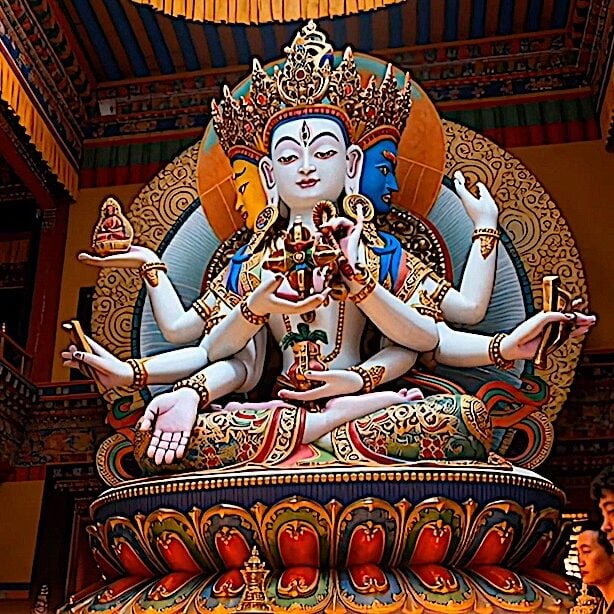
ON HEARING: Ushnisha Vijaya Dharani Overcomes Six Types of Suffering, Conquering the Lord of Death: Supreme in Six Realms
Search
Latest Features
Please support the "Spread the Dharma" mission as one of our heroic Dharma Supporting Members, or with a one-time donation.
Please Help Support the “Spread the Dharma” Mission!

Be a part of the noble mission as a supporting member or a patron, or a volunteer contributor of content.
The power of Dharma to help sentient beings, in part, lies in ensuring access to Buddha’s precious Dharma — the mission of Buddha Weekly. We can’t do it without you!
A non-profit association since 2007, Buddha Weekly published many feature articles, videos, and, podcasts. Please consider supporting the mission to preserve and “Spread the Dharma." Your support as either a patron or a supporting member helps defray the high costs of producing quality Dharma content. Thank you! Learn more here, or become one of our super karma heroes on Patreon.
Lee Kane
Author | Buddha Weekly
Lee Kane is the editor of Buddha Weekly, since 2007. His main focuses as a writer are mindfulness techniques, meditation, Dharma and Sutra commentaries, Buddhist practices, international perspectives and traditions, Vajrayana, Mahayana, Zen. He also covers various events.
Lee also contributes as a writer to various other online magazines and blogs.
